Mani Lakhang, also known as “Shannan Mindroling,” is a Nyingma Pa monastery of Tibetan Buddhism located in Barkhor North Street, Lhasa.
Note: this Lakhang is not the Mindroling Monastery
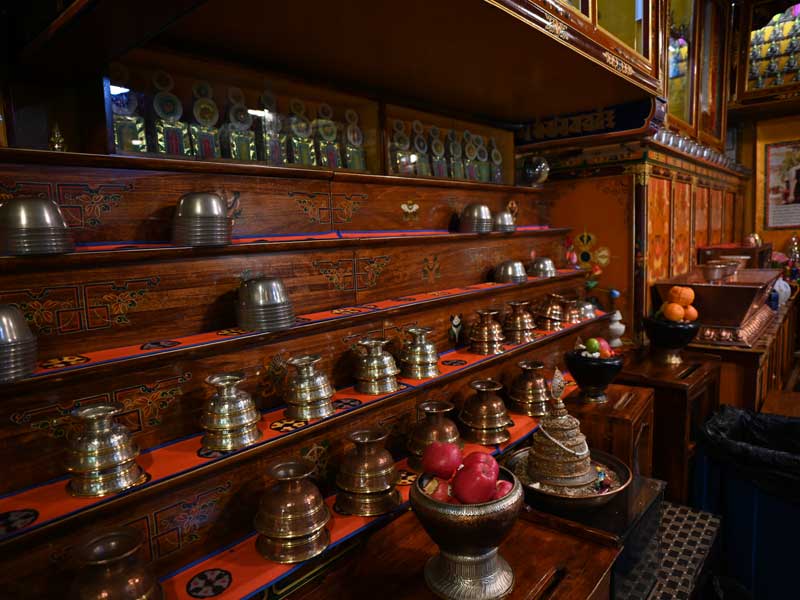
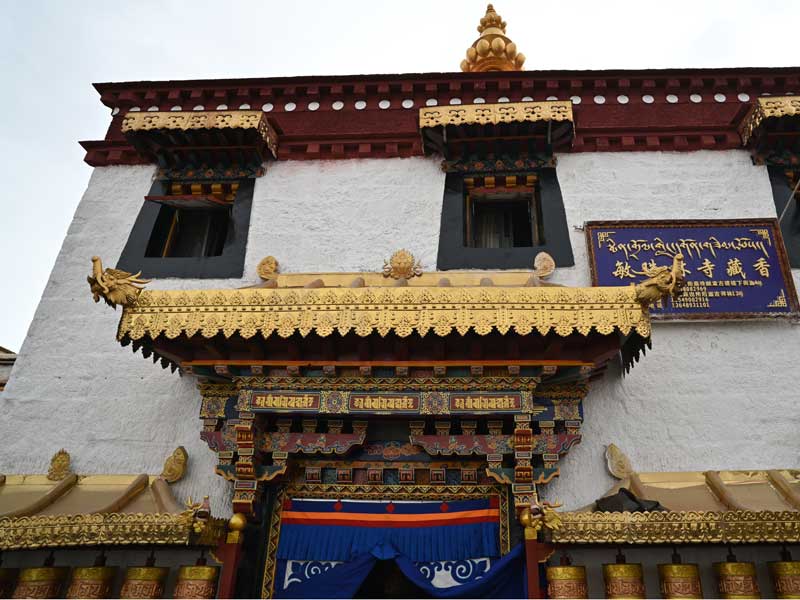
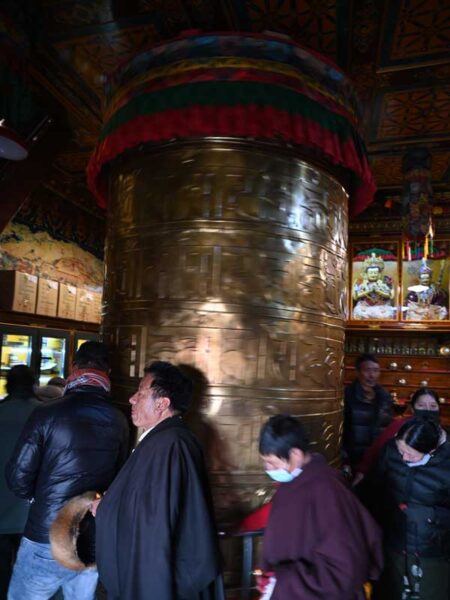
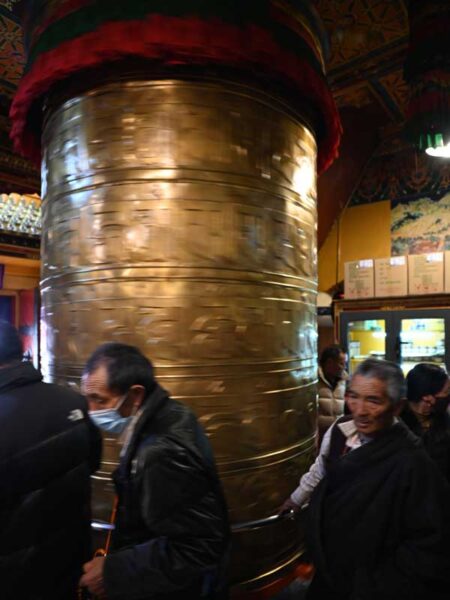
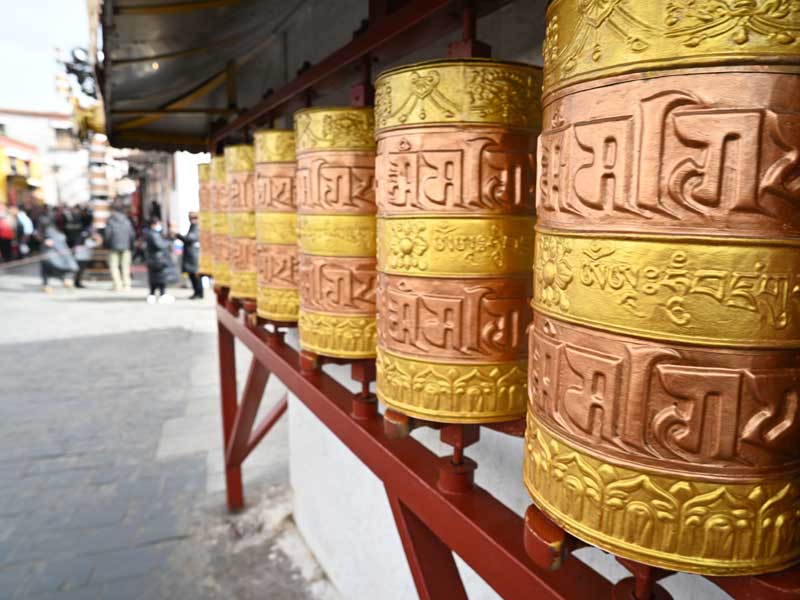
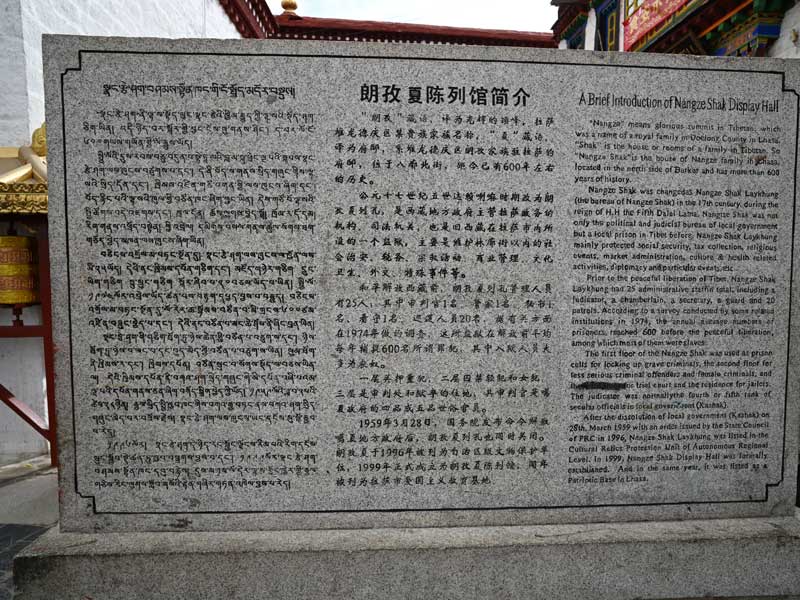
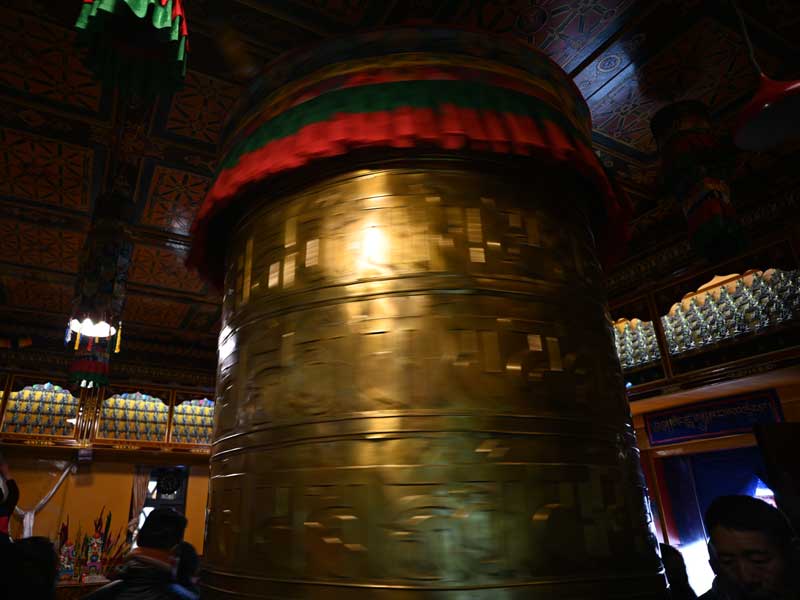
Introduction
Mani Lakhang is situated beside the Barkhor circumambulation path, opposite Langzi Xia.
Historically, it was not located here but in the middle of the original Barkhor North Street, at what is now the end of Barkhor North Street and the northeast corner of Barkhor, where a yellow house stands (in 2009, it was a Thangka shop).
Next to its original site, there was a white stupa known as the “Four-door White Stupa,” which enshrined the skull of Lobzang Pö, the deity of Tibetan merchants.
In its early days, Tangdong Gyalpo once stayed under the stupa and sought alms.
In the past, Lhasa residents would always say, “I dare to swear by the Four-door White Stupa!” to demonstrate their honesty when making vows.
The current location of the new Mani Lakhang was originally an open execution ground of Langzi Xia. Public corporal punishments were often carried out here, which was privately funded and rebuilt in the 1980s to replace the original one. It is a white building.
A metal plaque with Tibetan and Chinese inscriptions hangs above the entrance of the temple. The Chinese reads “Shannan Mindroling Temple Mani Lakhang.”
In front of the temple is a Sang offering stove, from which smoke rises. The temple is a subordinate temple of Mindroling Monastery, a Nyingma monastery.
Tibetans generally refer to a room containing a large prayer wheel as “Mani Lakhang.”
Mani Lakhang consists of only one prayer hall, with a prayer wheel (called “Mani” in Tibetan) that has a diameter of 2 meters and a height of 3 meters. Butter lamps fill the altars on the surrounding walls. The space is very narrow, making it difficult for two people to pass simultaneously. It is very lively, with many circumambulators visiting to turn the prayer wheel. It gets extremely crowded when there are many people.
Circumambulators should pray, recite the six-syllable mantra of Avalokiteshvara, and walk around the prayer wheel clockwise three times, seven times, or even hundreds or thousands of times.
Outside the hall, many small prayer wheels are placed around the perimeter, allowing circumambulators to continue their prayers by walking clockwise around the temple.



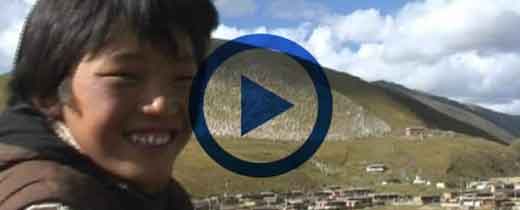

Leave a Reply